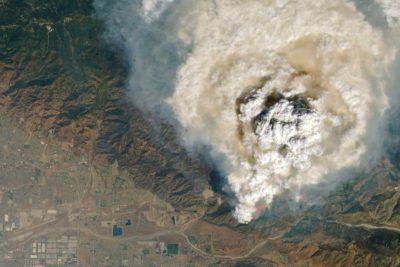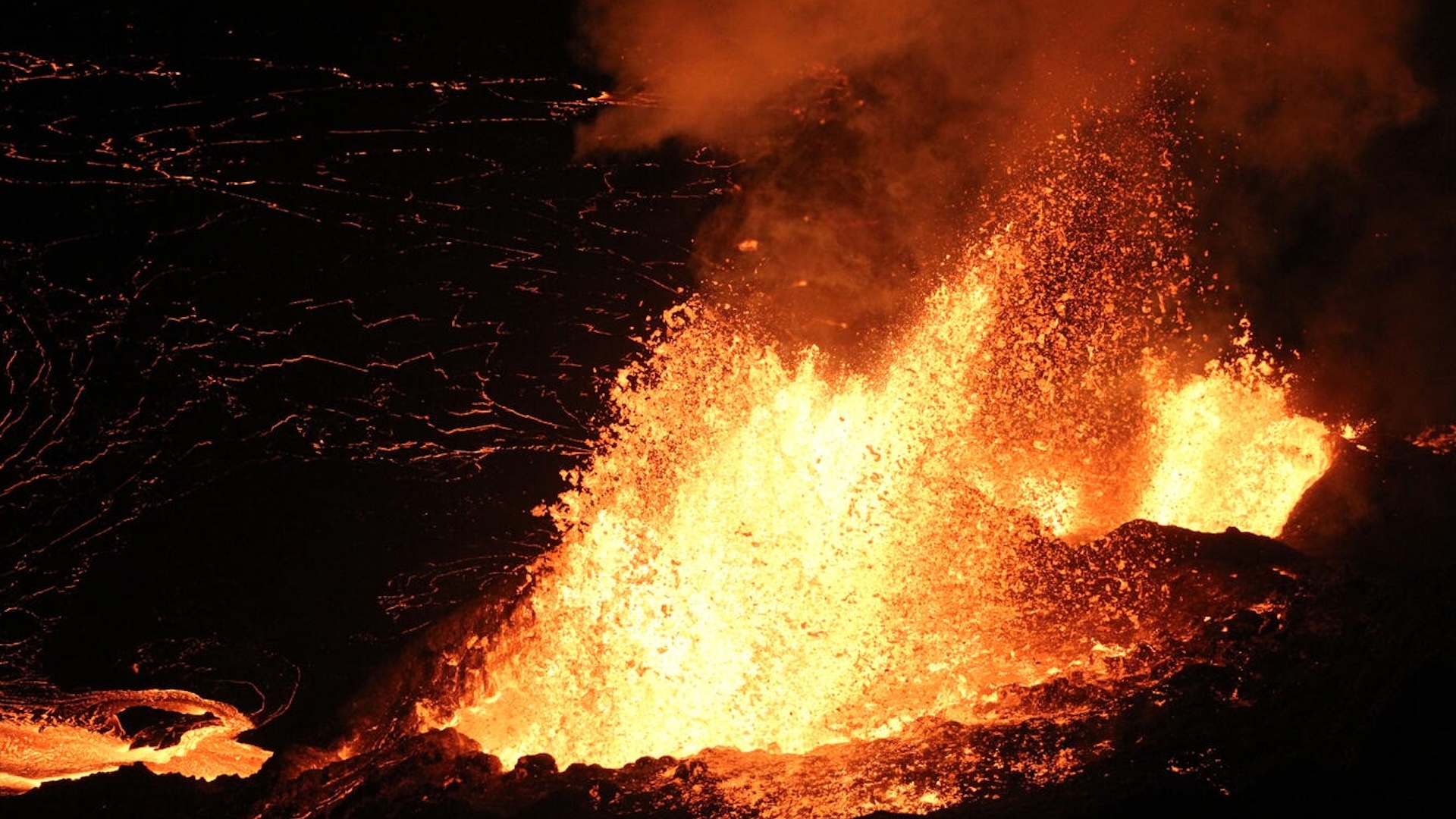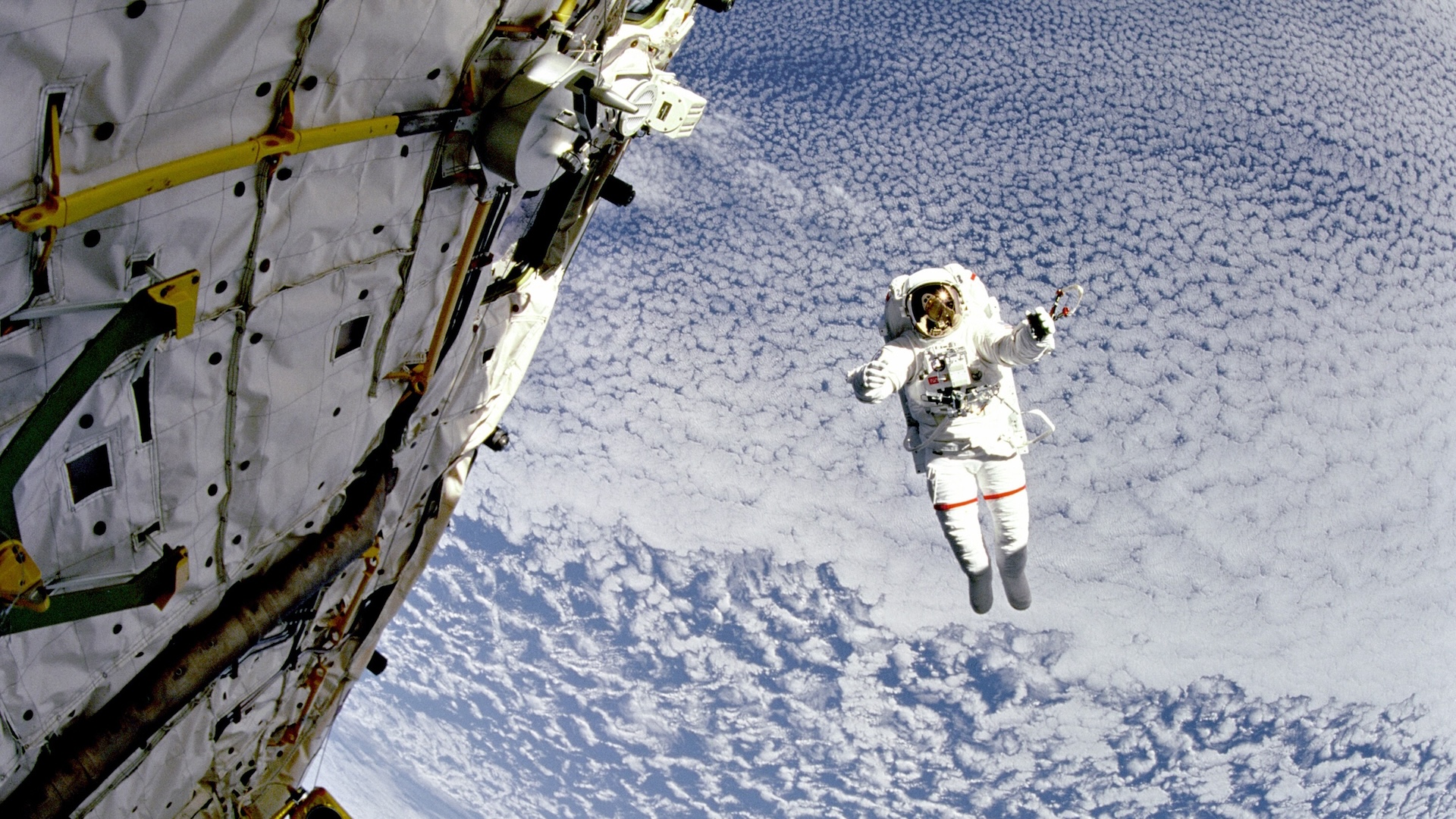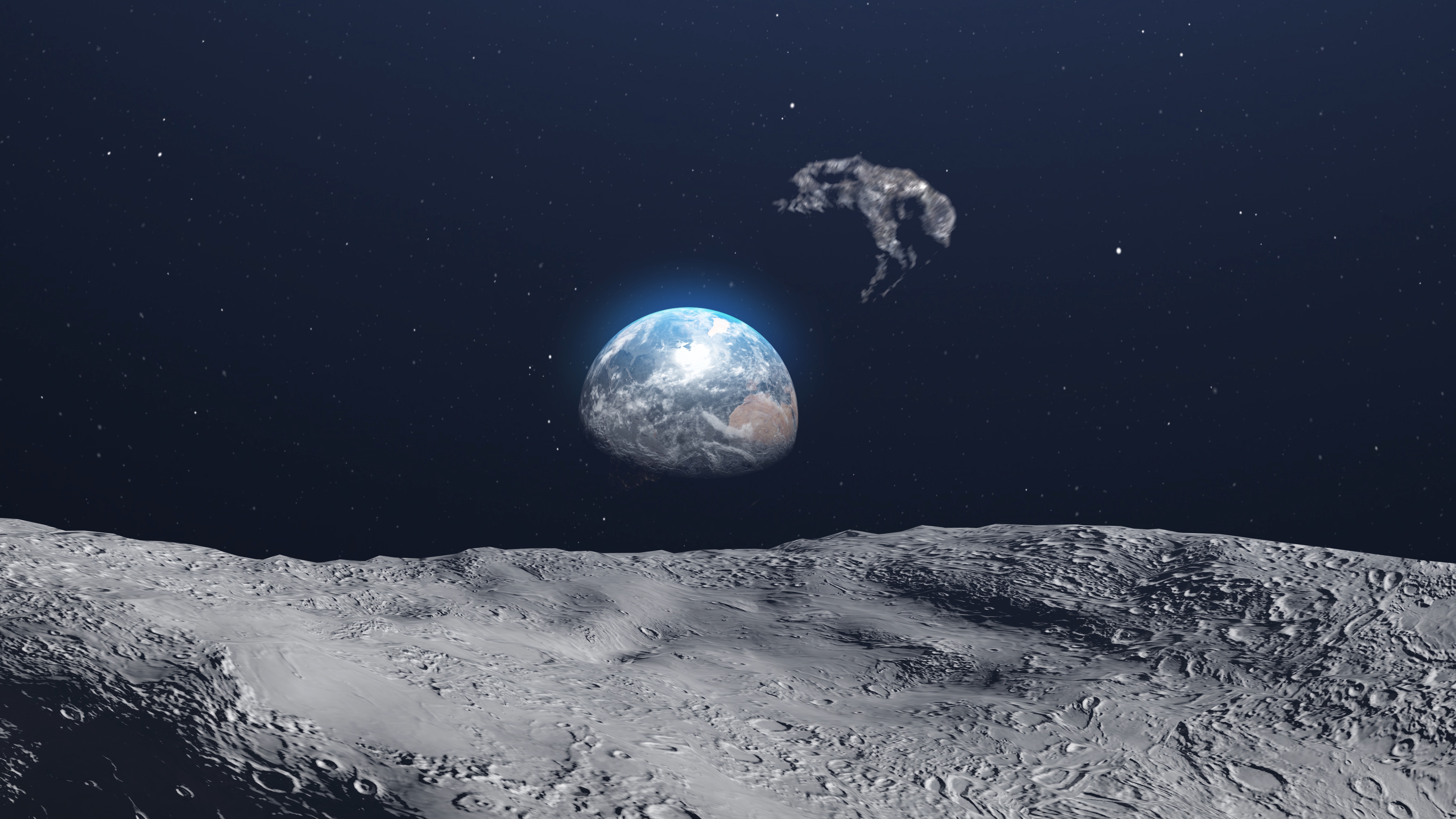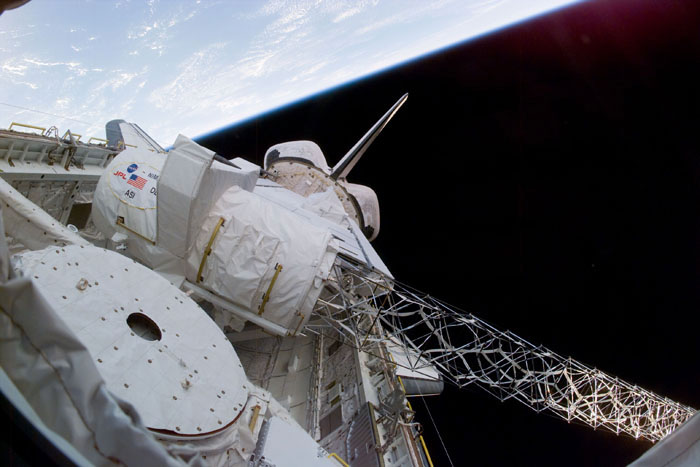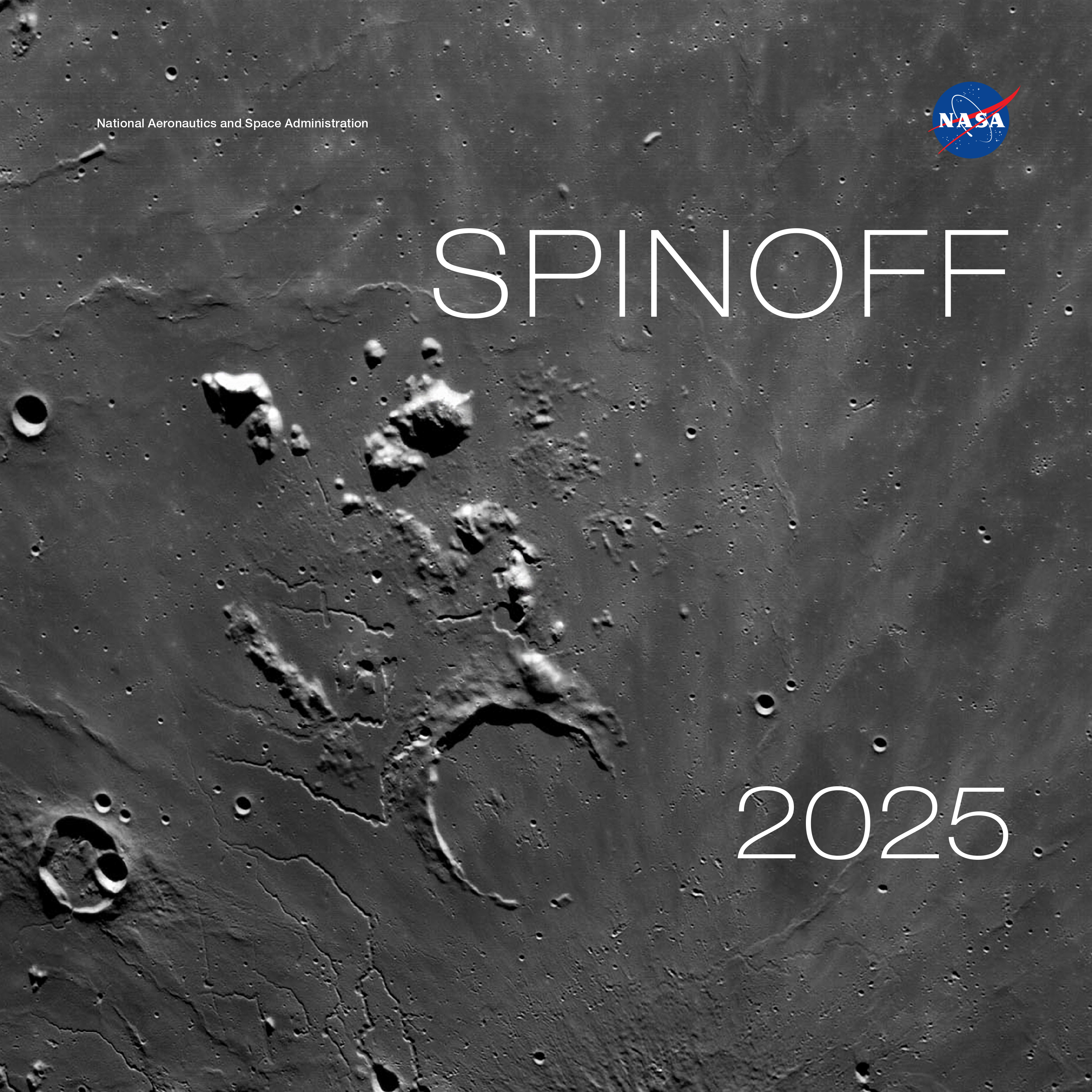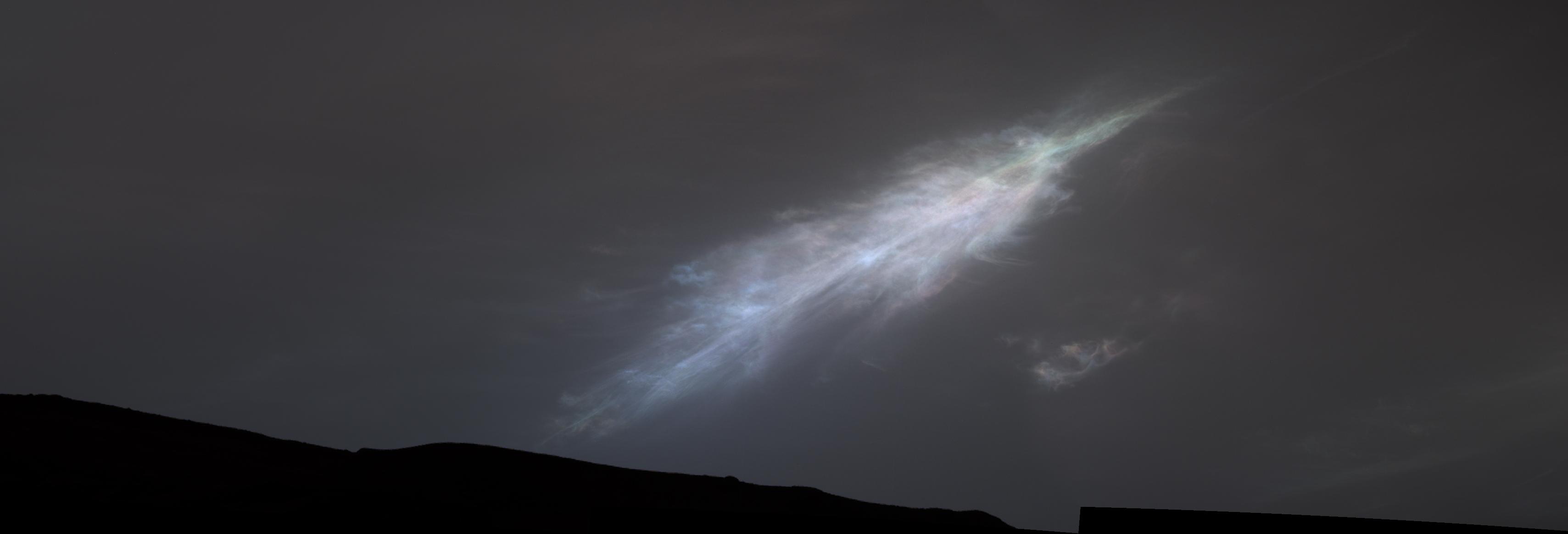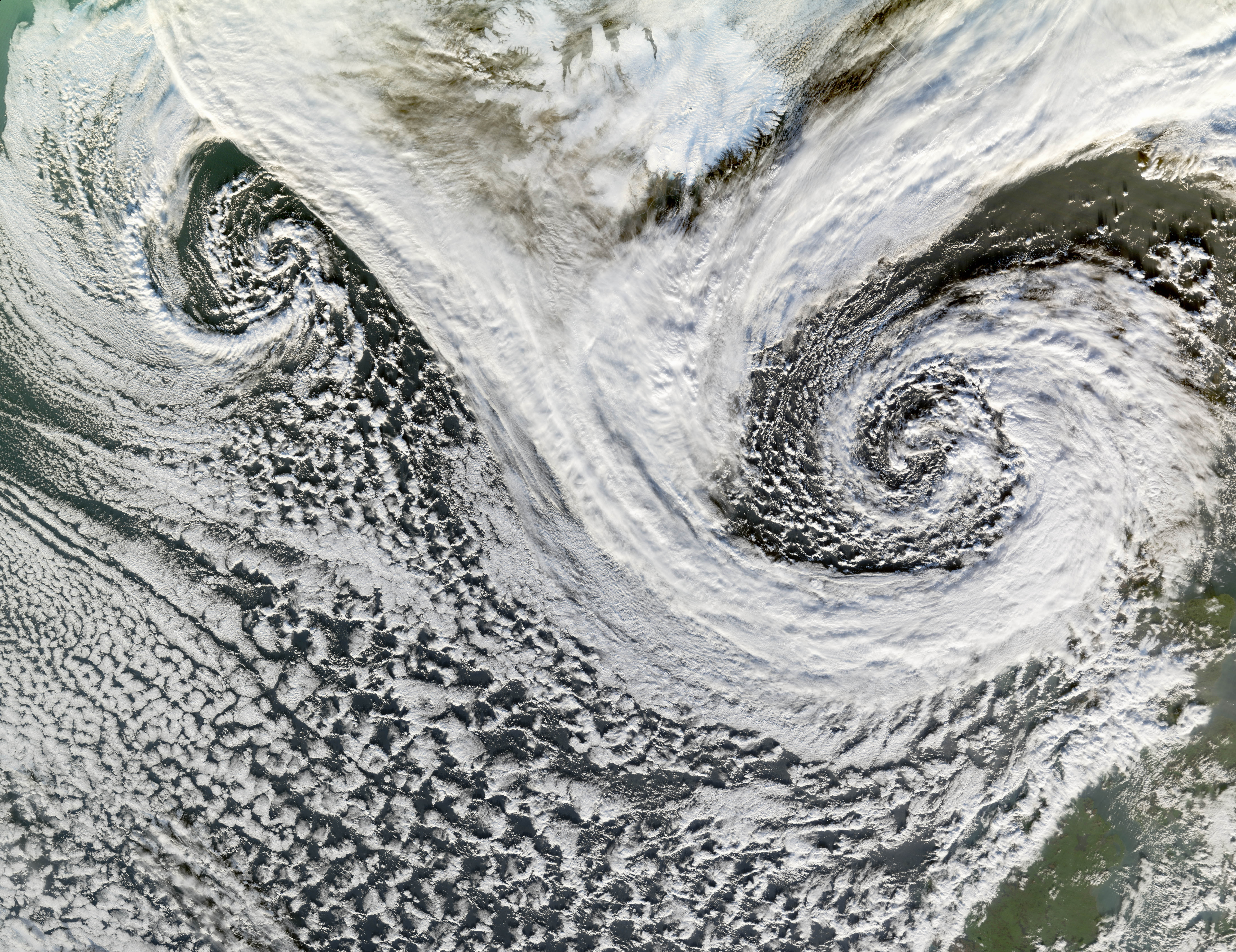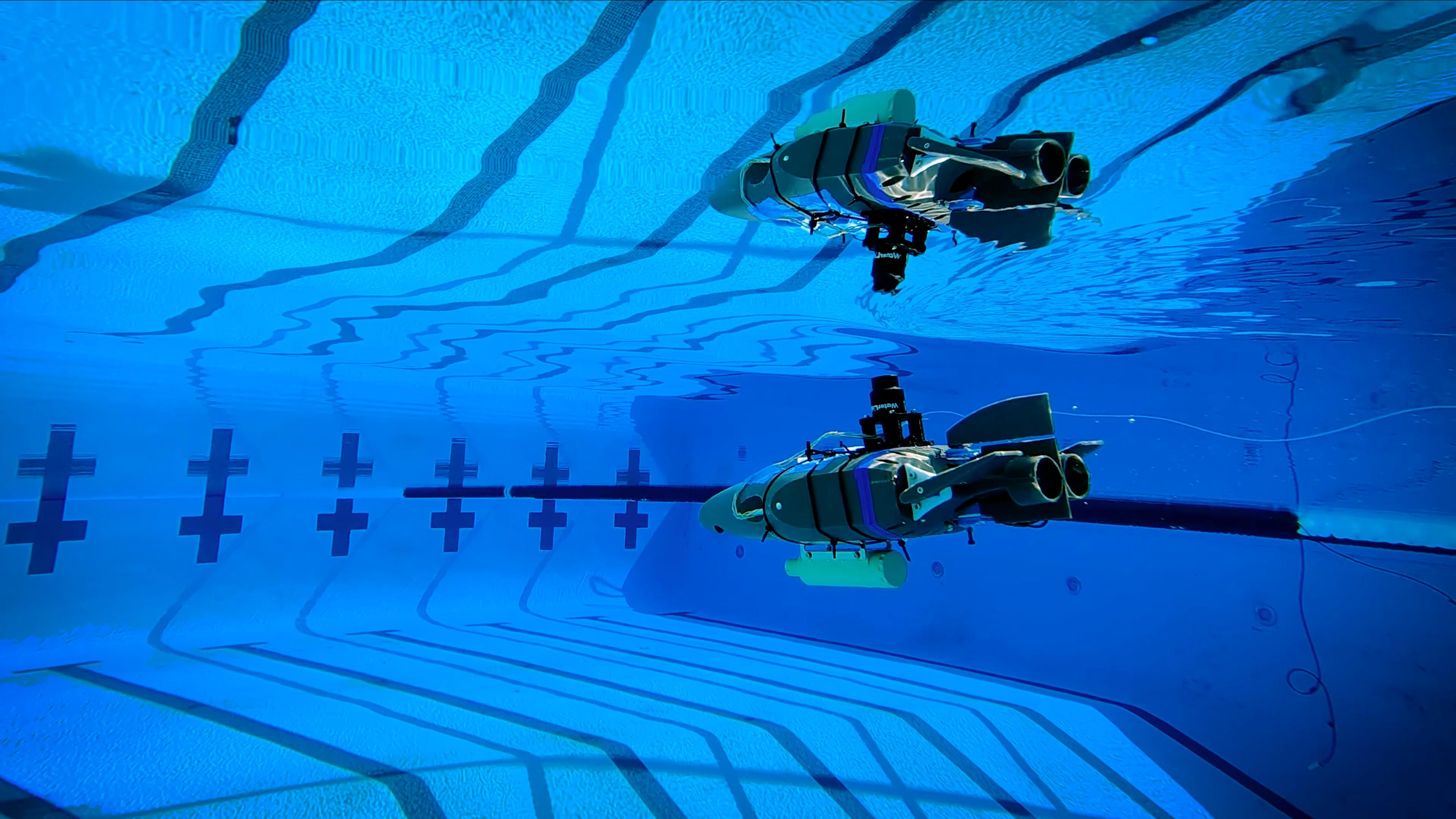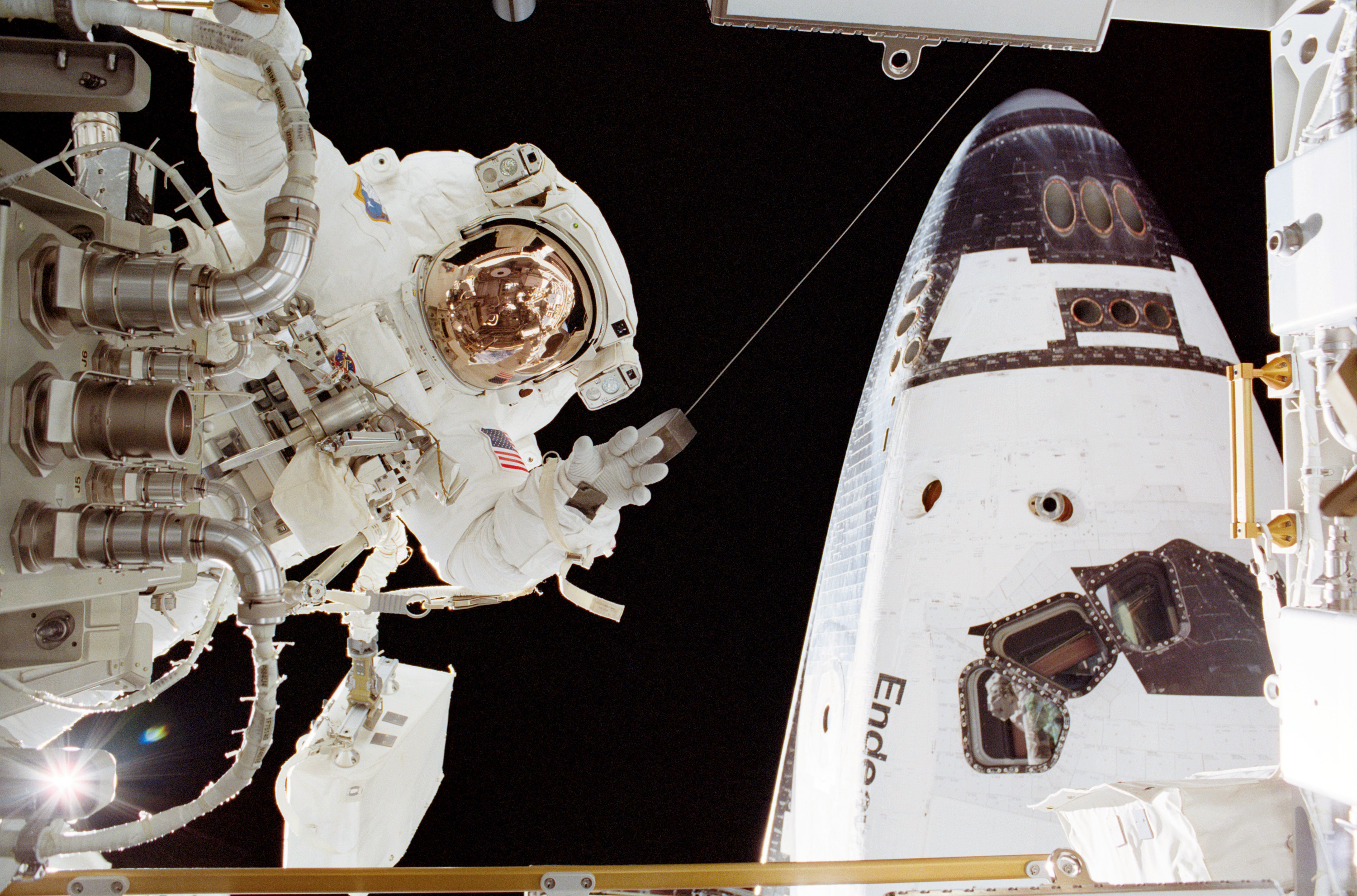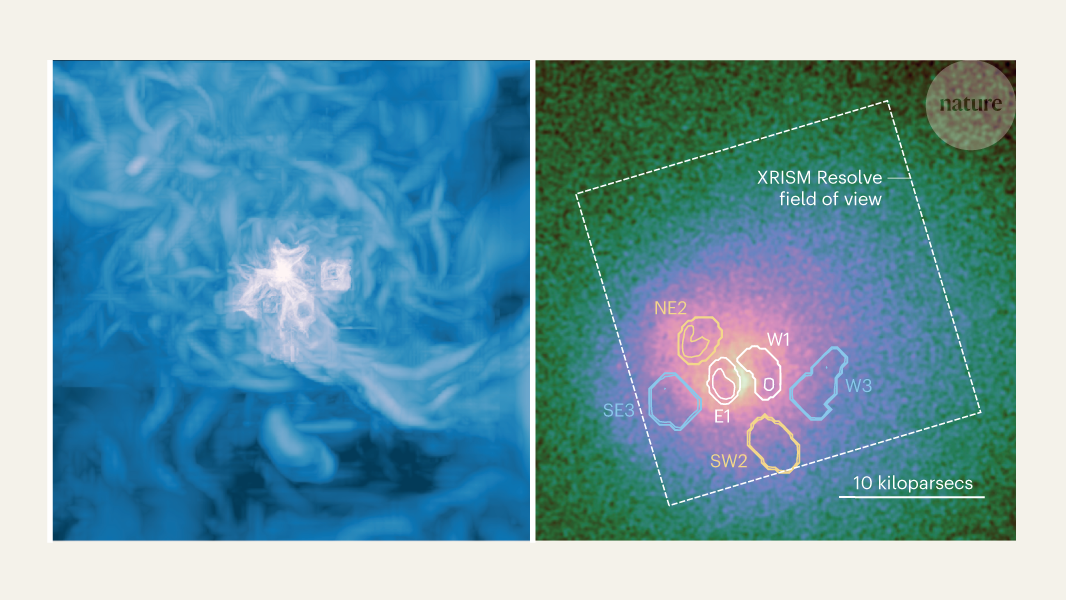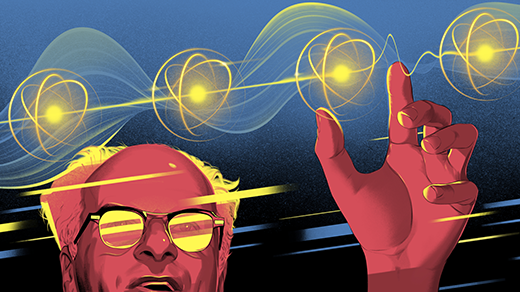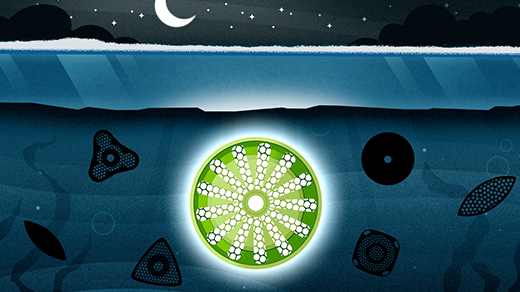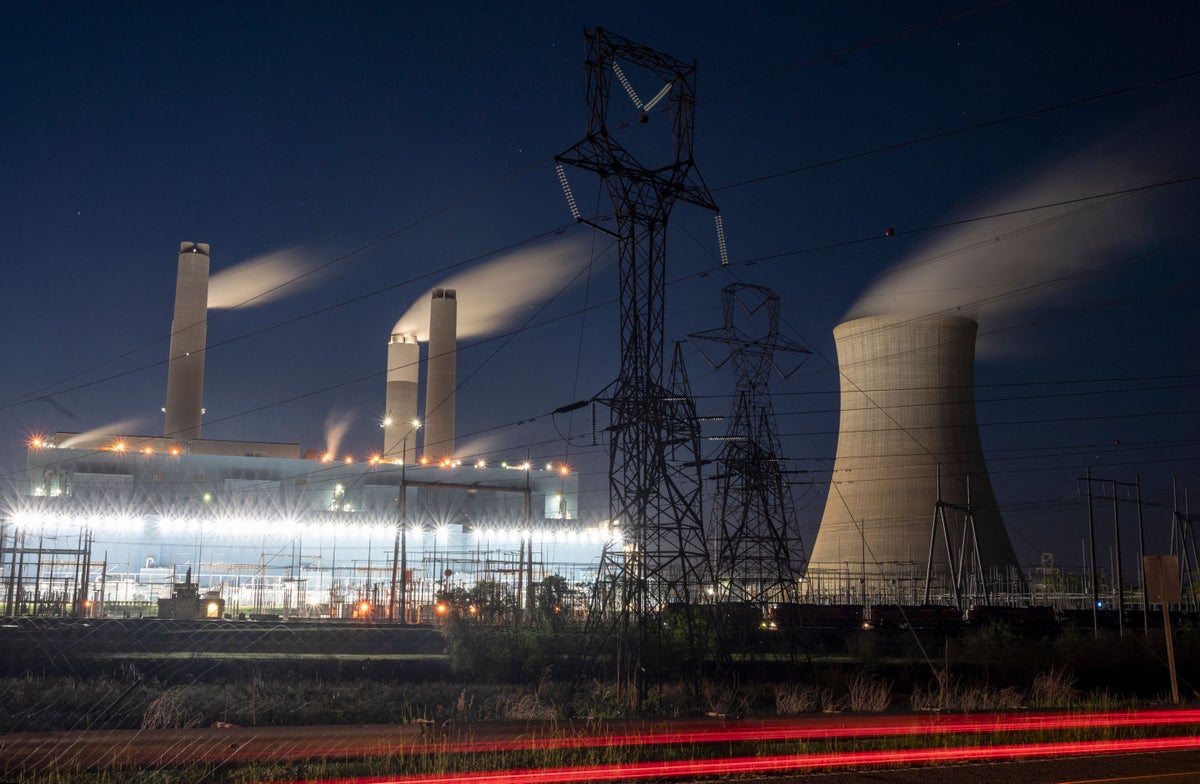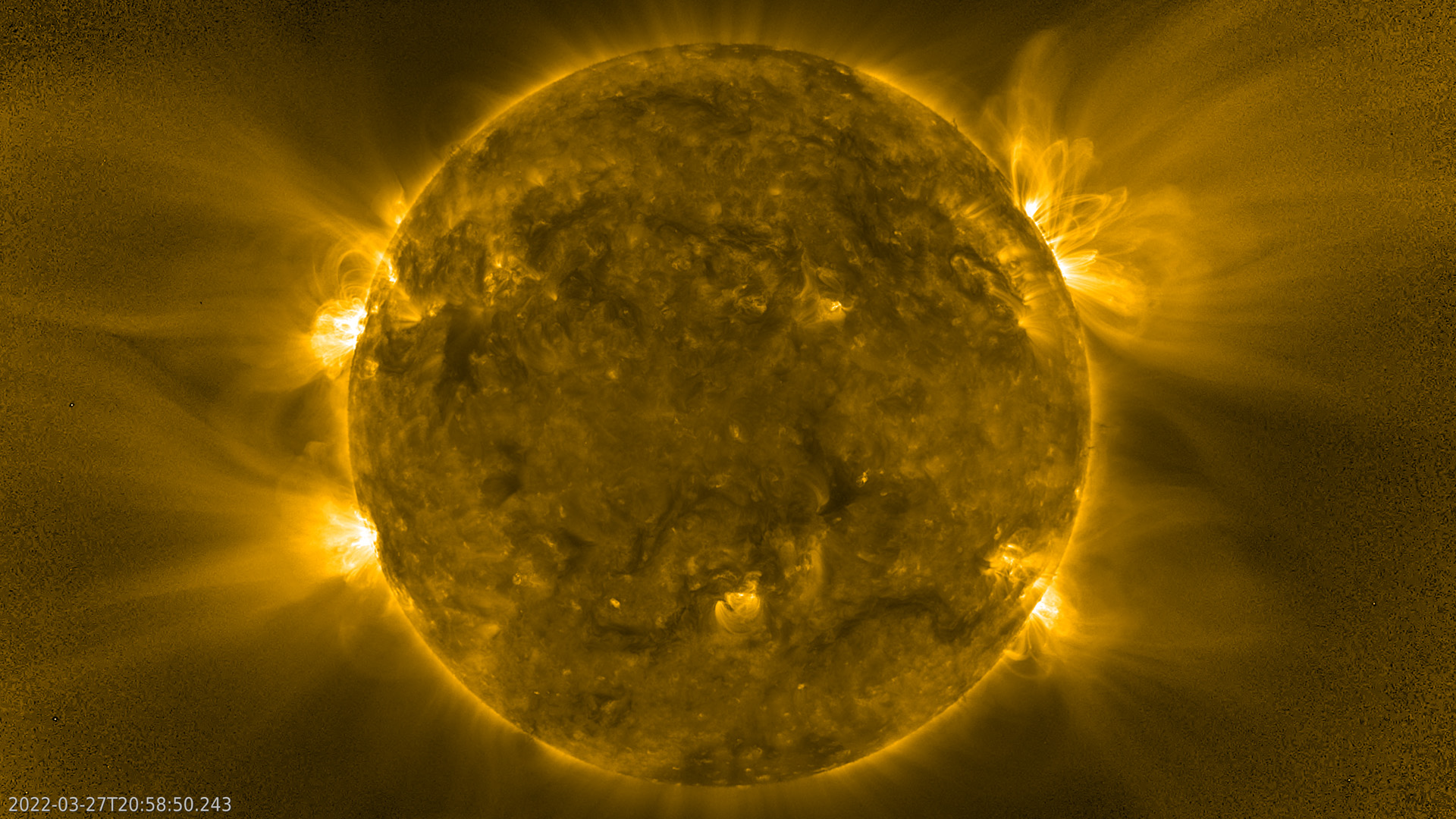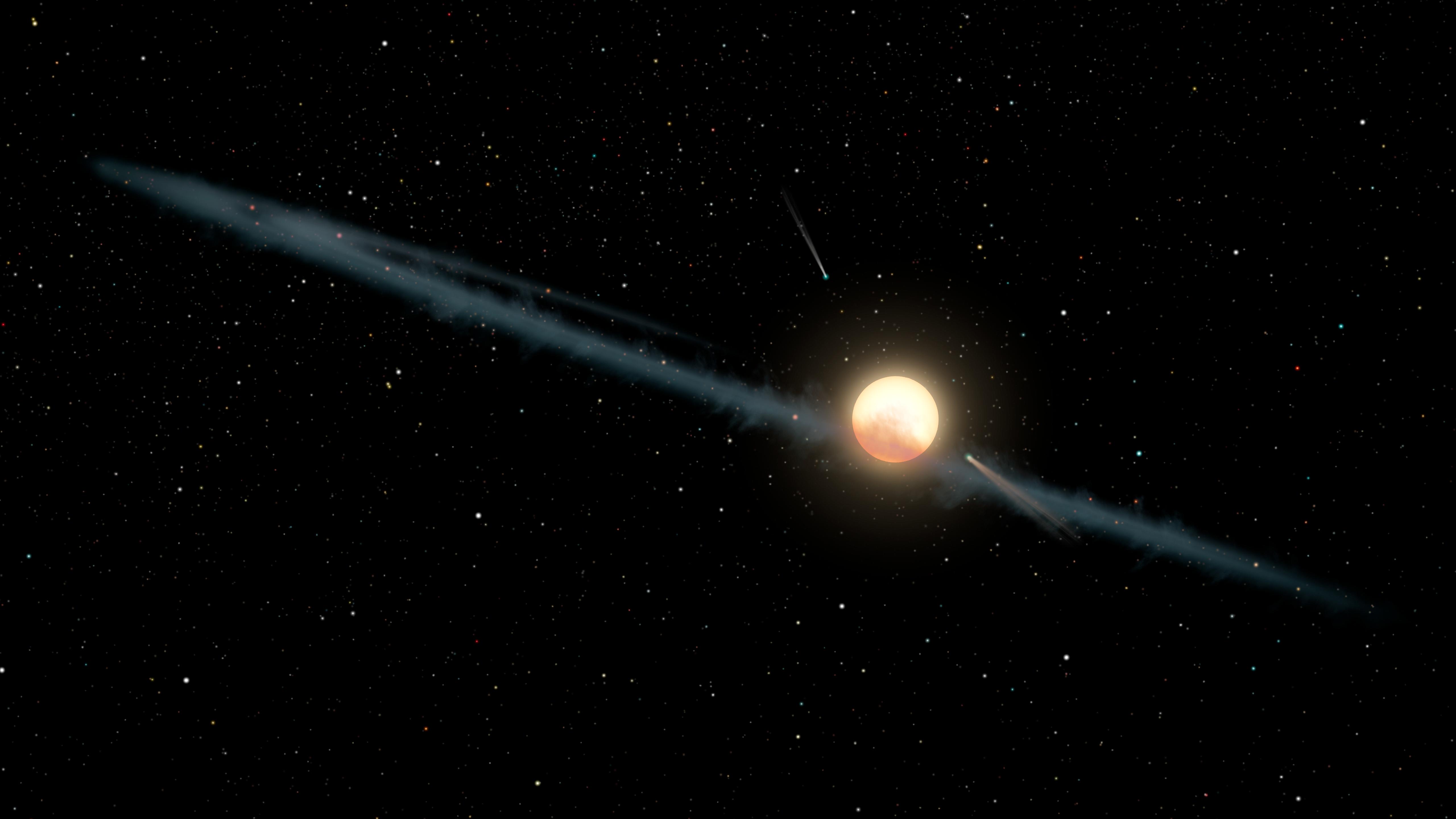Tiny Solar Jets Drive the Sun’s Fast and Slow Solar Wind
Our Sun is a giant plasma windbag spewing a constant stream of charged particles called the solar wind. This stream leaves the Sun at speeds around 400 to 800 kilometers per second and extends to the outer edge of the Solar System to about 125 astronomical units. Astronomers have long wondered about what feeds this … Continue reading "Tiny Solar Jets Drive the Sun’s Fast and Slow Solar Wind" The post Tiny Solar Jets Drive the Sun’s Fast and Slow Solar Wind appeared first on Universe Today.

Our Sun is a giant plasma windbag spewing a constant stream of charged particles called the solar wind. This stream leaves the Sun at speeds around 400 to 800 kilometers per second and extends to the outer edge of the Solar System to about 125 astronomical units. Astronomers have long wondered about what feeds this powerful outflow.
Recently the ESA Solar Orbiter spacecraft observed tiny plasma jets a few hundred kilometers wide, occurring across the Sun. Each one flashes for a brief instant above the solar surface. Just as a tiny stream expands to create a raging river here on Earth, these minuscule jets combine to provide “background” power that blossoms into the fast and slow parts of the solar wind.
Probing the Solar Wind
A research team led by Lakshmi Pradeep Chitta at the Max Planck Institute for Solar System Research, Germany used the probe’s onboard ‘cameras’ to spot more tiny jets within coronal holes close to the Sun’s equator. “We could only detect these tiny jets because of the unprecedented high-resolution, high-cadence images produced by EUI,” said Chitta at the time of their discovery in 2023. They used the extreme ultraviolet channel of EUI’s high-resolution imager, which observes million-degree solar plasma at a wavelength of 17.4 nanometers. At the time, scientists suspected these flares were at the heart of solar wind generation but didn’t understand how widespread they were.
The team continued to use the Polarimetric and Helioseismic Imager (PHI), Solar Wind Plasma Analyser (SWA) and Magnetometer (MAG) to study the jets over the past year and a half. By combining these high-resolution images with direct measurements of the stream of particles and the Sun’s magnetic field around the Solar Orbiter, the researchers spotted more tiny flares within coronal holes close to the solar equator. Based on those observations, they directly connected the solar wind measured at the spacecraft back to those same jets.
The Solar Wind and its Effects
For many years, the solar wind has remained something of a challenge to understand. We can certainly see its effects in the form of variable space weather. During years of solar maximum, the Sun is more active. That powers more outbursts in the form of X-class flares and coronal mass ejections that extend out for millions of kilometers. When the Sun quiets down, so does the activity, although it never completely stops.
On Earth, we see the effects of the solar wind in increased auroral displays, and—if coronal mass ejections are severe—in disruption of communication and power generation technologies. Out in space, the solar wind also affects other solar system bodies. For example, it shapes and disrupts comet plasma tails as they near their closest approach to the Sun. But, what powers it? And, how do scientists explain its variations?
The solar wind comes in two flavors: slow and dense at the solar equatorial regions and fast and not-so-dense at the higher latitudes and the poles. The Ulysses spacecraft, which was in a near-polar orbit for nearly 18 years starting in 1990, mapped these regions of the solar wind closest to the Sun and found that the fast wind is relatively steady, while the slow solar wind is more variable in speed.
The fast solar wind comes from the direction of dark patches in the Sun’s atmosphere called coronal holes. These are places where the solar magnetic field stretches out from the Sun through the solar system. Charged particles can flow along these “open” magnetic field lines, heading away from the Sun as the solar wind. It turns out that the slow solar wind also comes from equatorial coronal holes where nanoflares are also at work.
More about the Jets
So, what causes these tiny jets? Such nanoflare outbursts are called “picoflare jets”. They’re powered by a process called “magnetic reconnection.” This happens when magnetic field lines in a region of the Sun’s atmosphere get tangled and twisted together. Eventually, they break, similar to what happens when you twist a rubber band too much. That “break” releases heat and energy into the corona. New field lines reconnect to continue the process. This is the same mechanism that powers larger solar flares.
Interestingly, we see similar magnetic reconnection in comet plasma tails. Magnetic field lines are entrained in the solar wind. They “drape” around a comet and its plasma tail. Those field lines have a specific polarity. As the comet passes through different “regimes” of the solar wind, it experiences different polarities. When that happens, the old-polarity plasma tail “breaks off” in a disconnection event and that releases energy. The new field lines build a new plasma tail in a case of magnetic reconnection.
Comets are small-scale examples of this effect, while the Sun is a perfect example of the large-scale influence of magnetic reconnection. When you have countless numbers of these nanoflares releasing energy into the corona, it’s enough to power the entire solar wind. Spacecraft such as the Solar Orbiter and the Parker Solar Probe have front-row seats to the action and will provide long-term measurements of the Sun’s tremendous power-generation action.
For More Information
Scientists Spot Tiny Sun Jets Driving Fast and Slow Solar Wind
Coronal Hole Picflare Jets are Progenitors of Both Fast and Alfvénic Slow Solar Wind
Solar Wind
The post Tiny Solar Jets Drive the Sun’s Fast and Slow Solar Wind appeared first on Universe Today.




























